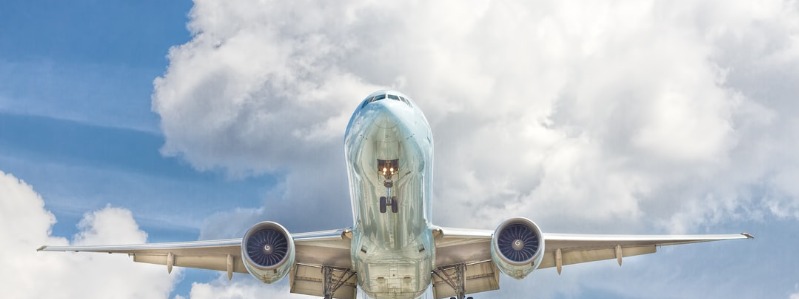Aviation law exists to enforce the safety of aircraft operations and aviation facility maintenance. The federal and state governments have created administrative agencies to regulate air traffic. These statutes are inclusive of the operations of aircraft and the maintenance of aviation facilities.
Aviation Law
Contents
The Air Commerce Act was first created in 1926 to provide certification and registration of aircraft employed in interstate or foreign commerce. The Civil Aeronautics Act followed in 1938, later creating the Civil Aeronautics Authority. A five-member panel was formed from the Civil Aeronautics Authority that gave the panel the power to regulate all aspects of aviation within federal jurisdiction that later became the Civil Aeronautics Board with most of the panel’s power transferred to the Department of Commerce. In 1958, the Federal Aviation Act was passed, which established the Federal Aviation Agency that governs aviation law today.
The Federal Aviation Agency has regulations for aircraft and pilots that are very complex that are enforced by several different types of actions, including administrative action, reexamination, civil penalty, criminal penalty, and certification action. Violations of FAA regulations are covered under aviation law. Aviation law is mainly federally based, prohibiting states from regulation rates, routes, or services of any air carrier authorized under the Federal Aviation Act to provide interstate air transportation. Congress can enact laws pertaining to air navigations under its constitutional authority to regulate interstate and foreign commerce.
Airplane Crash
Most people who hear the phrase “airplane crash” automatically think of catastrophe. For the survivors and the families of survivors and victims alike, an airplane crash can prove to be one of the most horrific experiences of their lives. Unfortunately, it is true that airplane crashes are rarely “accidents” and can generally be attributed to human or mechanical errors. Following an airplane crash, victims and their loved ones have the right to know what went wrong, and why, and to recover damages from those responsible for the occurrence of the airplane crash.
Although the United States is likely the safest country in which to fly, there are more airplane crashes here annually than in another country in the world. The overwhelming majority of airplane crashes involve small, privately-owned aircraft, not the large commercial jets that attract so much media coverage when involved in an airplane crash. Regardless of the type of aircraft involved, the work required of an attorney representing the victims of an airplane crash is extremely technical.
Aviation law involves federal acts, regulations, and treaties, as well as state and federal laws. In addition to a thorough understanding of these various regulations, attorneys who wish to successfully represent airplane crash victims must have specialized knowledge of the aviation industry, including aircraft mechanics and design, since most airplane crashes are no accident at all. Proving aviation negligence or defects in the aircraft requires a probable cause theory based on previous airplane crashes, mechanical knowledge, and understanding of aircraft piloting methods.
In the event of an airplane crash, the persons who may be held liable include the pilot, aircraft owner, and the manufacturer/supplier. Under certain circumstances, air traffic controllers, the FAA (Federal Aviation Administration), the federal government, and chart makers may also be held liable. If it can be proved that the sole cause of an airplane crash is not pilot error, then the pilot or the family of the pilot may also become a party to a suit against the manufacturers, owners, or other defendants. Other persons who may participate as plaintiffs in an airplane crash suit include survivors/victims both in the aircraft and on the ground and their families.
If a defendant is proved to have been responsible (wholly or in part) for an airplane crash, then that person can be held financially liable for all costs to the victims. The plaintiff in a serious aviation injury case can recover for past medical expenses associated with the airplane crash, as well as future predicted medical expenses, lost wages, and past and future pain and suffering. Persons involved in an airplane crash are subject to a time limit by which they must file a case for wrongful death or injury. Usually, the statute of limitations is six months to one year, so it is vital that victims of an airplane crash or their loved ones contact an attorney as soon as possible to ensure that their rights are protected. An attorney who works specifically with airplane crash cases will be able to help you understand your legal rights and make the appropriate decisions to ensure that justice is done and your future is secured.

